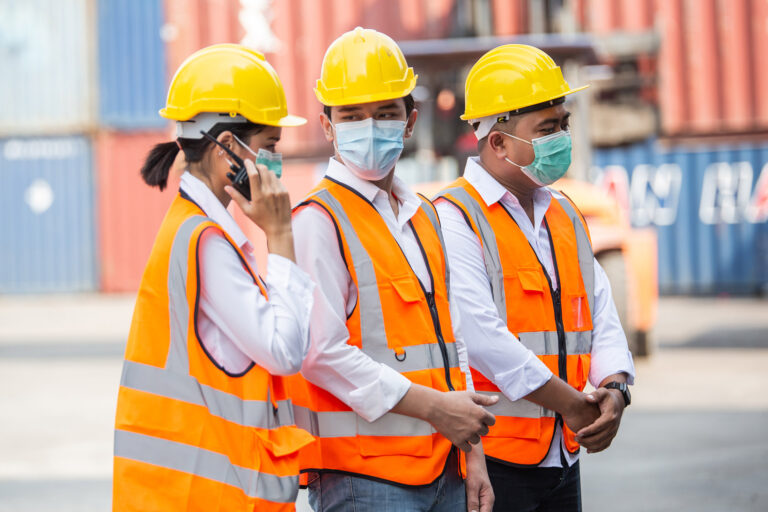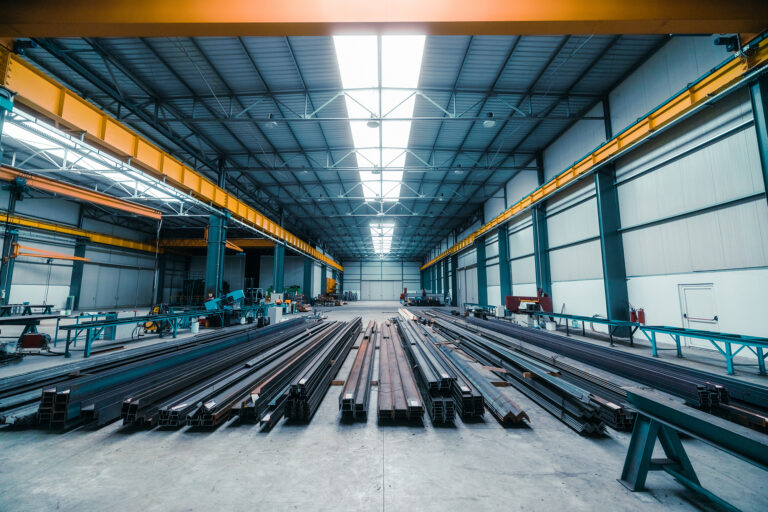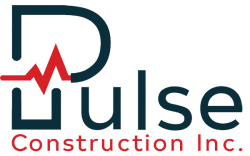A building’s roof is one of the first lines of defense against damage from the elements and other hazards. Choosing the right roofing system is necessary if you want to ensure that your commercial building is sufficiently protected.
There are many roofing options available to suit different budgets, environments, and architecture types. Continue reading for an overview of seven roofing types for commercial buildings.
1. Metal: Metal roofing comes in a variety of forms, including aluminum, copper, tile sheets, and corrugated galvanized steel. Typically coated for protection against the elements, metal roofing is extremely durable, with a lifespan of up to 60 years, and is ideal for sloped roofs.
2. Shingles: Mainly used for residential homes, shingles are also appropriate for commercial properties that have steep roofs. Easy to install, affordable, and with options ranging from slate to ceramic to asphalt and more, shingles can be a versatile roofing choice. However, some shingle types tend to be prone to mildew and should be avoided for shaded properties.
3. Modified Bitumen: Modified bitumen roofing, or torch down roofing, is made from the same materials used for asphalt shingles and is applied using a flame. This is a durable material that works well for commercial buildings where there may be activities on the roof. It is most appropriate for low slope roofs as opposed to roofs with steep angles.
4. EPDM: EPDM roofing is made of long-lasting rubber rolls that are nearly maintenance-free. Though not the most aesthetically-pleasing option, and somewhat prone to punctures, EPDM roofs can have a lifespan of up to 30 years if properly taken care of and are a popular choice for commercial properties.
5. TPO and PVC: TPO and PVC are roofing systems that offer particularly high resistance to adverse conditions, such as exposure to chemicals, heat, and UV light. They are also puncture-resistant and lightweight. These properties make TPO and PVC roofs a favourite among commercial buildings that are occupied by businesses that emit oil, such as restaurants.
6. SPF: SPF is a liquid that expands into a foam, which then hardens and becomes a solid layer. It is applied on top of an existing roof, and adds a layer of insulation and waterproofing. While not the most well-known option, SPF is an eco-friendly roofing choice that offers a lifespan of around 50 years.
7. Green: Green roofs are made of a waterproof membrane covered in living plants. A more maintenance-intensive option than some of the other types of roofing available, green roofs are sustainable and aesthetically pleasing, and are often eligible for government incentives. They also have a good lifespan – up to 50 years.
Give your commercial building the best protection possible. Whether you’re planning a new build or updating an existing property, with so many roofing options available, one is certain to be the right fit for your needs.
Looking for a team to take the lead on your next project? At Pulse Construction, we’re committed to doing business with an honest, professional, and competitive approach – without compromising safety or schedules. Contact us today for all of your building needs.





Pingback: 5 Ways to Winterize Your Commercial Property - Pulse Construction Inc.